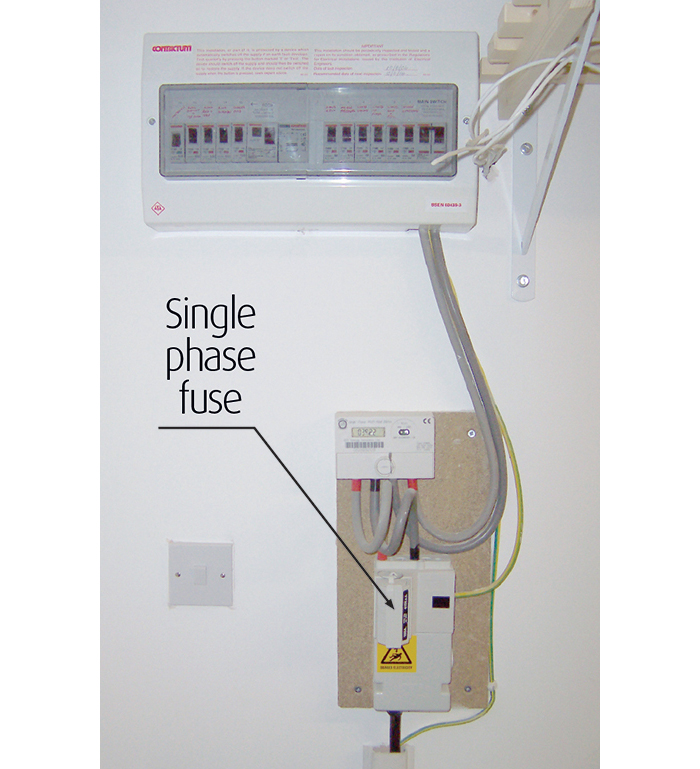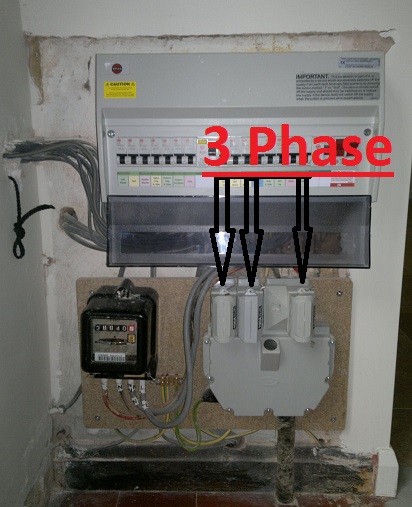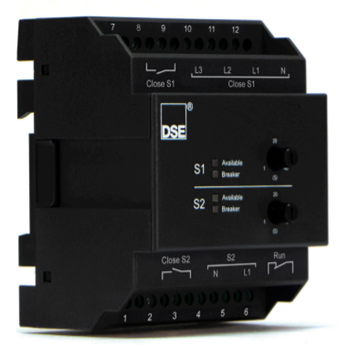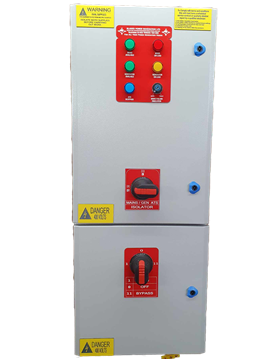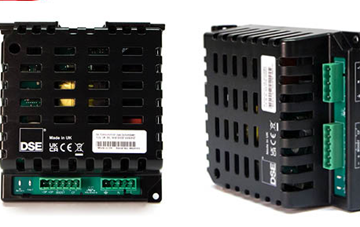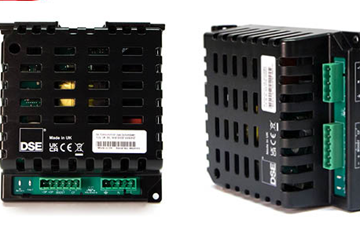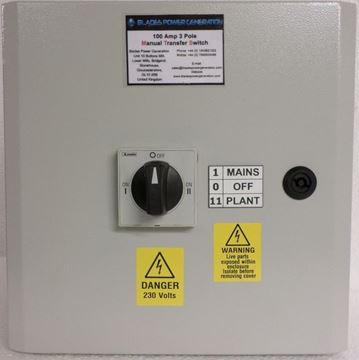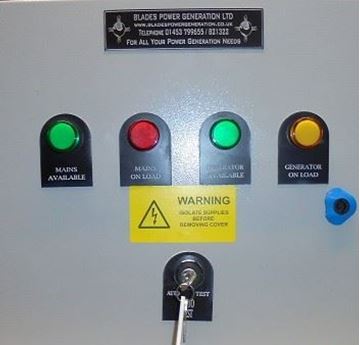An emergency power source in the UK is an independent source of electrical power that can provide security and safety to important electrical systems and apparatus in the event of the mains supply failing for one reason or another. A standby power system can include batteries, a power generator, and so on, and they are there to protect life and property in the event of the mains power supply being broken.
Places such as hospitals rely on a constant supply of power in order to provide medical support to patients and to be able to continue an operation if, for instance, the mains power supply fails in the middle of the procedure. Other places which rely on a constant supply of electrical power include scientific laboratories, computer systems, telecoms, radio and TV stations, and many more.
We also want a constant supply of electricity in our homes. This may not be a situation which is life-threatening, but it can be a nuisance if electric power goes down in the middle of cooking a meal or even just watching a programme on the TV.
More Homeowners Are Considering Installation Of A Standby Generator
This is why more and more homeowners are considering the installation of a standby generator so that everything can run as usual even if the mains power is not available. For instance, a homeowner may also be a lover of tropical fish, and these could be lost if mains power is not available for several hours and the water in the tank goes too cold. An emergency power source in the UK in the form of a standby generator can kick in almost instantly when the mains power goes down, especially if an automatic transfer switch is in operation.
Indeed, a transfer switch is a legal requirement if you have a standby generator because there could be danger to electricity supply employees endeavouring to restore power, and there is also a risk to the generator if there is no transfer switch.
Mains power can be lost for a number of reasons, often because of downed lines as a result of poor weather. However, there may also be a malfunction at a sub-station, planned downtime for repairs, or even a grid-wide failure.
Emergency backup can include batteries, and some larger buildings have a gas turbine, but this can take between five and thirty minutes to achieve full power. So, a standby diesel generator is the most common form of backup in the event of mains failure.













